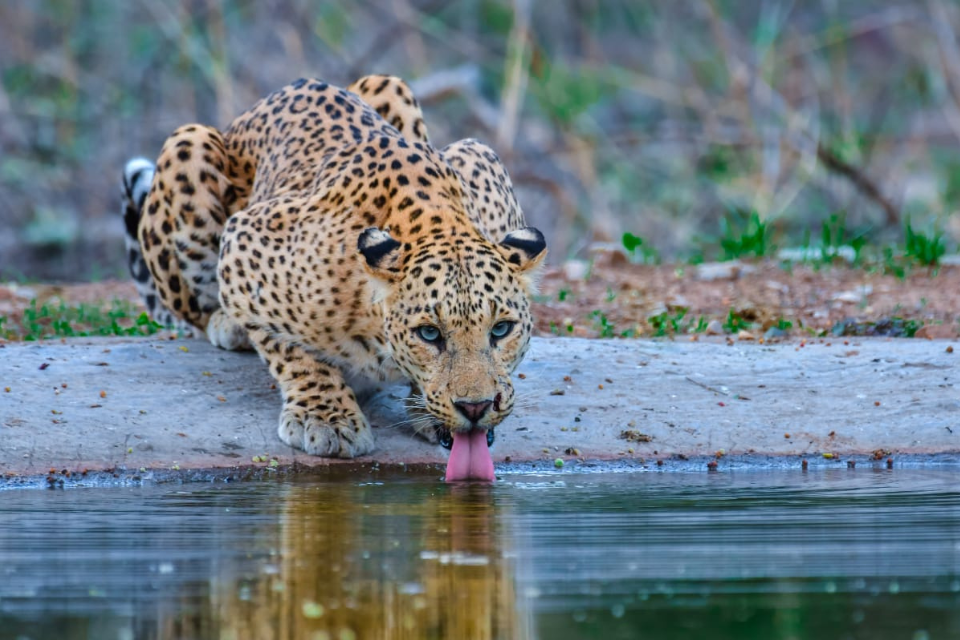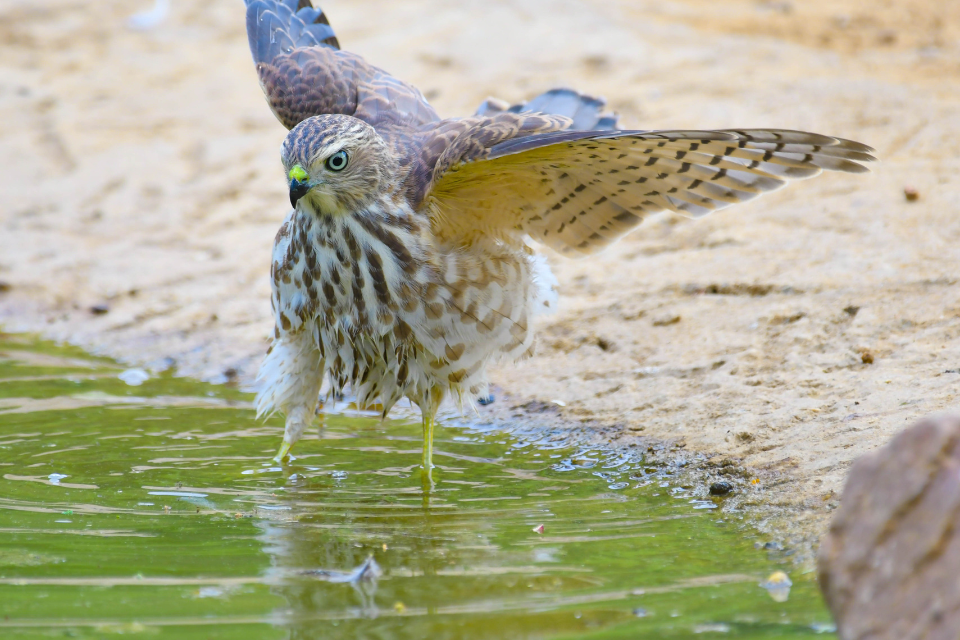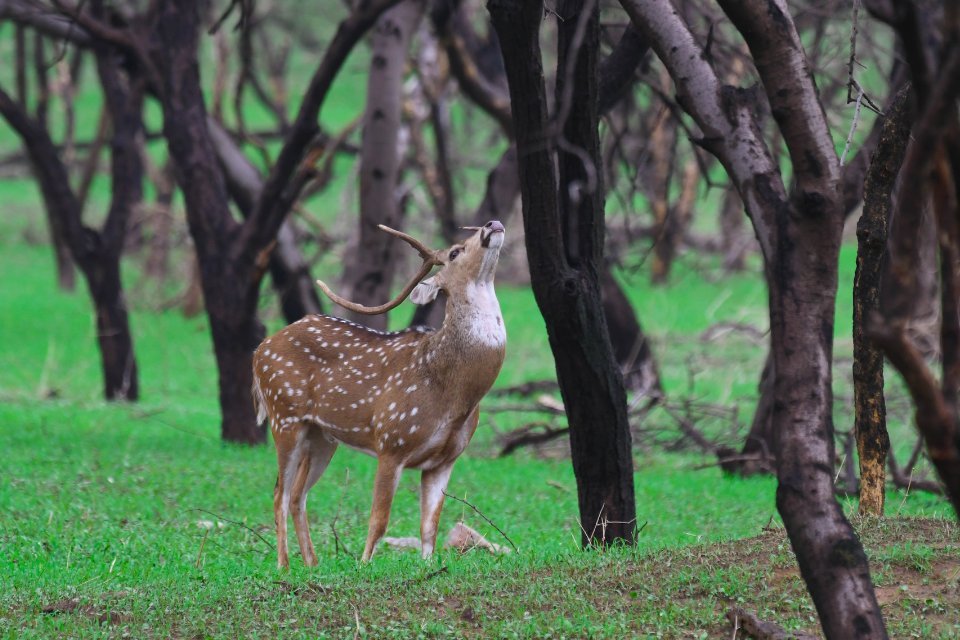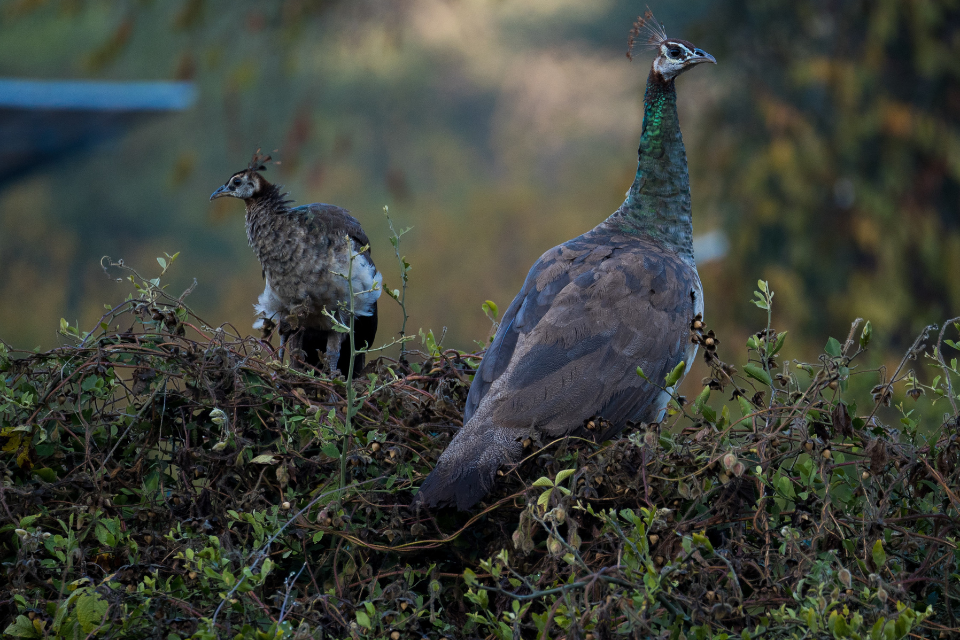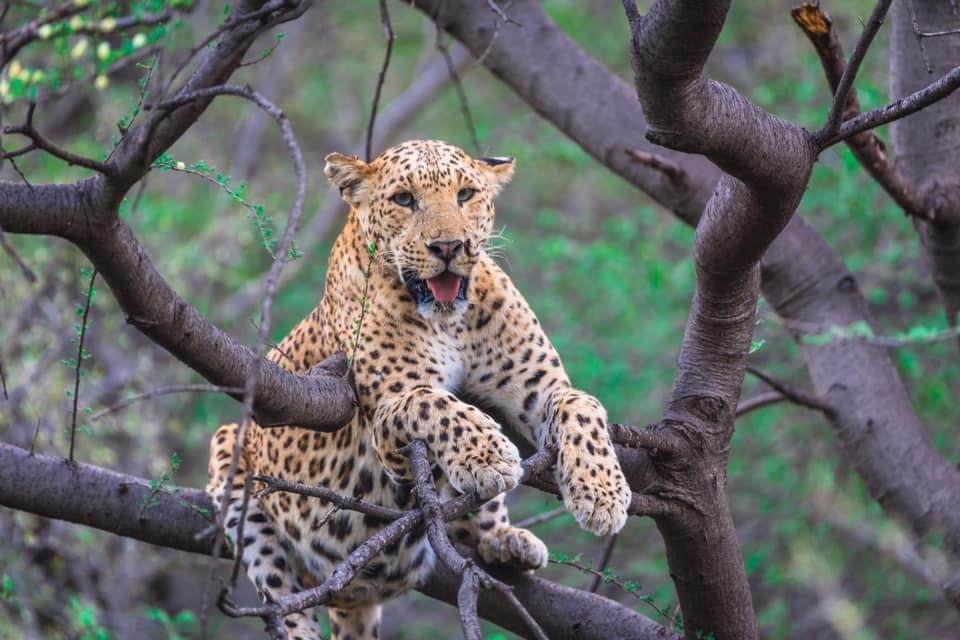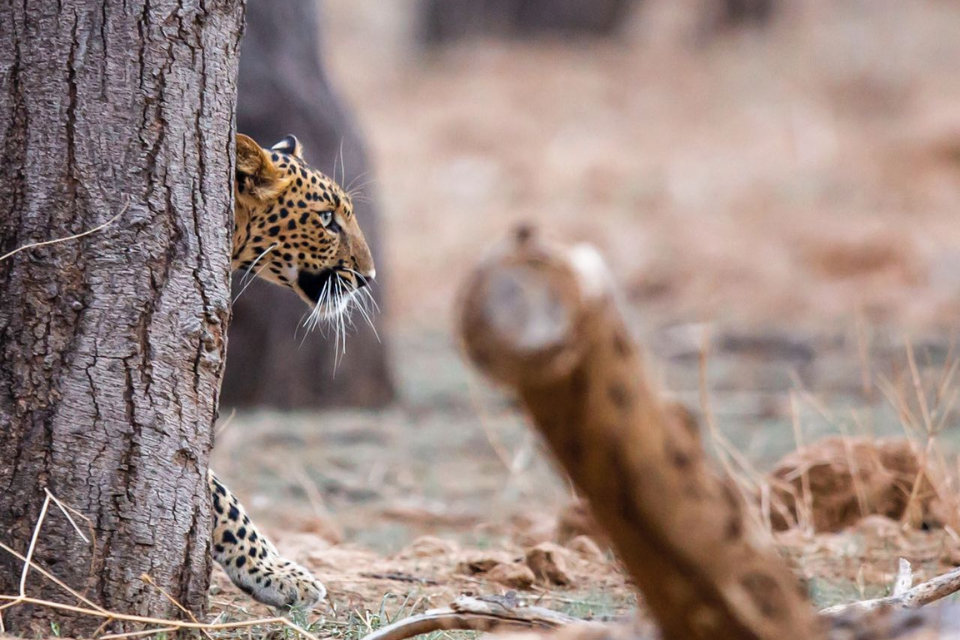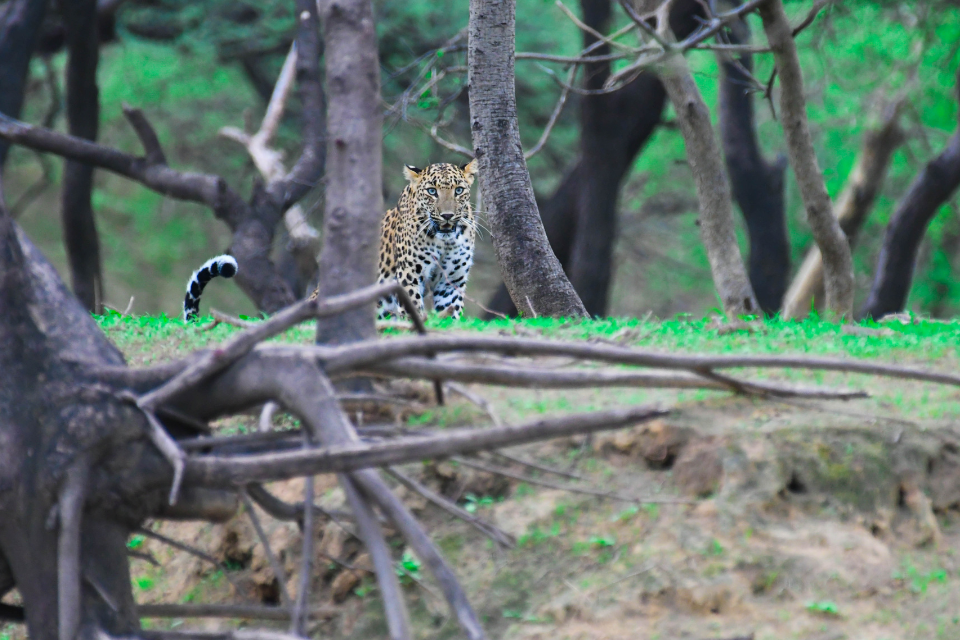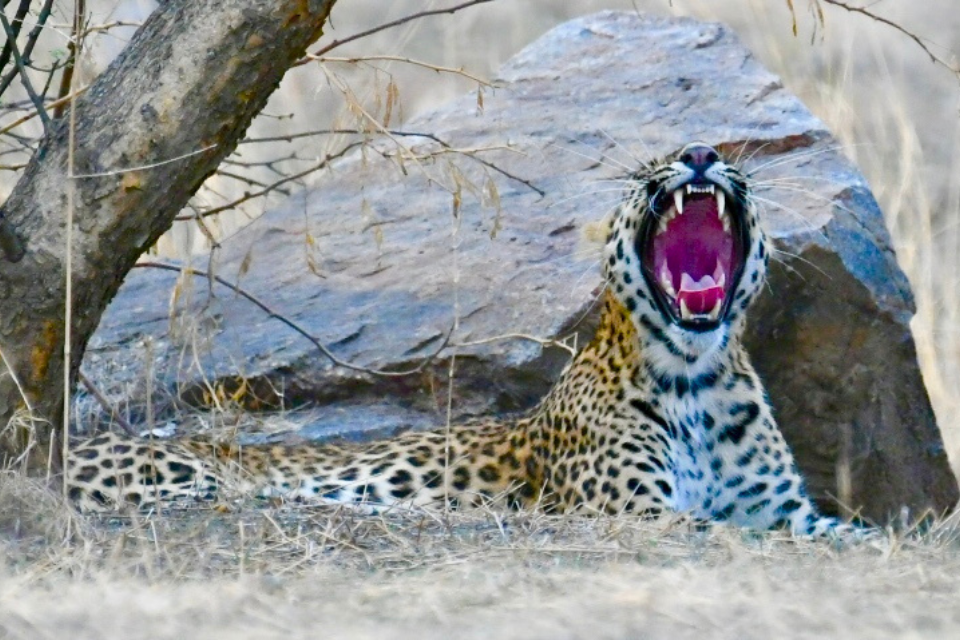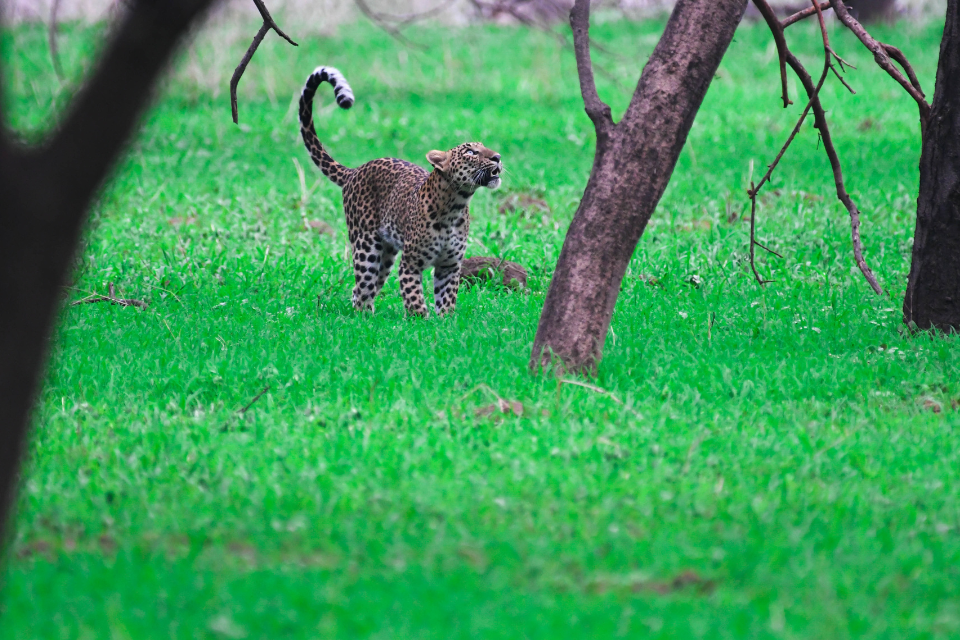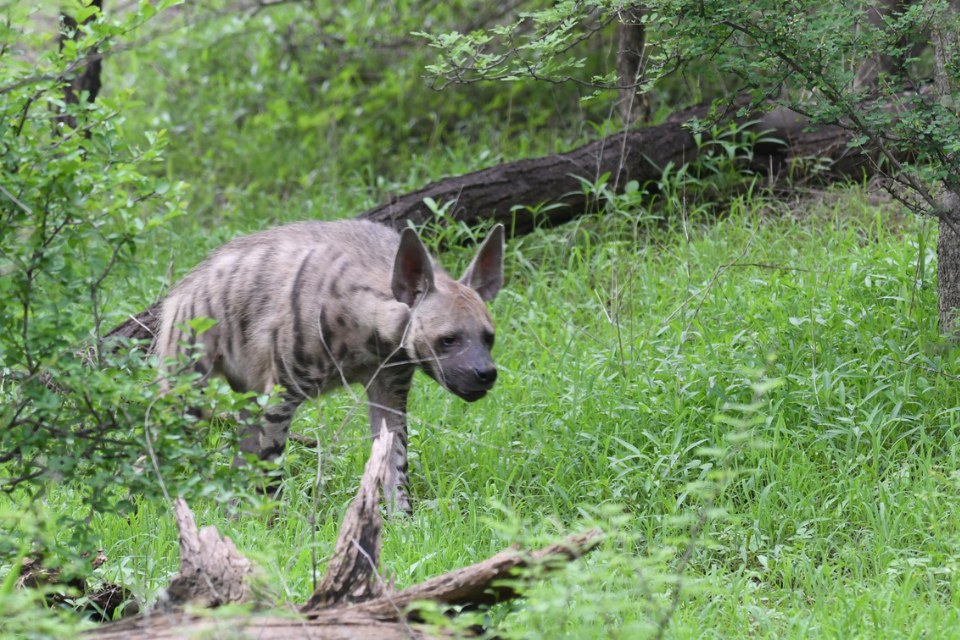- March 19, 2025
Jungle Cats and Desert Foxes: The Lesser-Known Predators of Rajasthan
When people think of Rajasthan’s wildlife, they often picture tigers, leopards, and caracals. However, hidden in the grasslands, deserts, and scrub forests, two lesser-known yet fascinating predators silently roam—the Jungle Cat (Felis chaus) and the Desert Fox (Vulpes vulpes pusilla).
These small but skilled hunters play a crucial role in Rajasthan’s ecosystem, controlling rodent populations, balancing prey numbers, and adapting to some of the harshest environments in India. Despite their importance, they remain largely unnoticed and understudied, facing threats from habitat destruction and human conflict.
Let’s uncover the secret lives of Rajasthan’s Jungle Cats and Desert Foxes, their unique adaptations, and how conservation efforts are helping them survive.
- The Jungle Cat – Rajasthan’s Stealthy Stalker
📌 Scientific Name: Felis chaus
📌 Status: Least Concern, but declining
📌 Size: 35 – 60 cm (excluding tail)
📌 Weight: 5 – 10 kg
📌 Lifespan: 12 – 15 years in the wild
📌 Best Places to See: Ranthambore, Keoladeo, Sariska
✔ Unlike domestic cats, Jungle Cats are larger, more muscular, and built for hunting.
✔ Their long legs, tufted ears, and short tail make them look like mini-caracals.
✔ Excellent swimmers and climbers, they can hunt both on land and in water.
🚀 Fun Fact: Jungle Cats can leap up to 2 meters to catch flying birds mid-air!
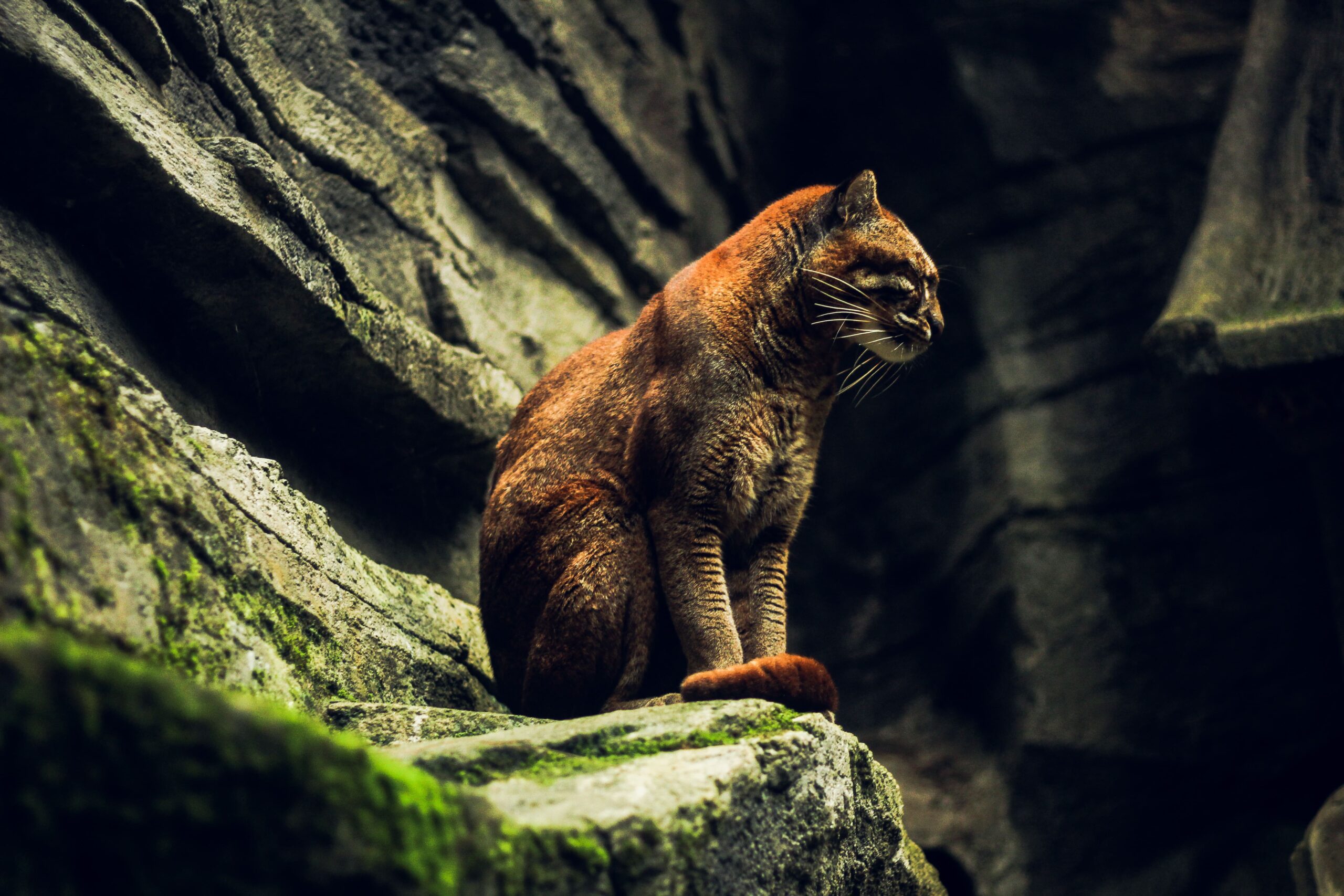
🌿 Where Do Jungle Cats Live in Rajasthan?
Though commonly called “Jungle Cats,” they prefer open grasslands, marshes, and scrub forests rather than dense jungles.
🏞 Location | 📍 Why It’s Important for Jungle Cats? |
Ranthambore National Park | Jungle Cats are often spotted near water sources. |
Keoladeo National Park | Ideal habitat due to marshlands and abundant prey. |
Sariska Tiger Reserve | Rocky terrain and dry forests provide good cover. |
Tal Chhapar Sanctuary | Rich in rodents, the main prey of Jungle Cats. |
🚀 Best Time to Spot Jungle Cats: Early mornings and late evenings when they are active.
🦅 What Do Jungle Cats Eat?
✔ Primary diet: Rodents, hares, birds, lizards, and snakes.
✔ Occasionally hunt small deer fawns and poultry, bringing them into conflict with farmers.
🚀 Fact: Jungle Cats use stealth and speed to ambush prey, sometimes covering their scent by rolling in dirt before hunting!
⚠️ Threats to Jungle Cats in Rajasthan
Despite being adaptable predators, Jungle Cats face multiple challenges:
❌ Habitat Destruction – Expansion of farms, roads, and urban areas is reducing their territory.
❌ Poaching & Illegal Pet Trade – Kittens are often captured and sold as exotic pets.
❌ Human-Wildlife Conflict – They are often killed by farmers who suspect them of attacking poultry.
🚀 Conservation Efforts:
✔ Wildlife sanctuaries and national parks protect their remaining habitats.
✔ Community awareness programs teach farmers non-lethal ways to deter Jungle Cats.
- The Desert Fox – Rajasthan’s Small but Smart Survivor
📌 Scientific Name: Vulpes vulpes pusilla
📌 Status: Least Concern, but vulnerable to habitat loss
📌 Size: 40 – 60 cm (excluding tail)
📌 Weight: 2 – 4 kg
📌 Lifespan: 10 – 12 years in the wild
📌 Best Places to See: Jaisalmer, Desert National Park, Bikaner
✔ A smaller subspecies of the Red Fox, adapted to extreme desert conditions.
✔ Their large ears help regulate body temperature and enhance hearing.
✔ Nocturnal hunters, they remain hidden during the day and hunt at night.
🚀 Fun Fact: The Desert Fox can survive without drinking water for weeks, getting moisture from its food!
🏜️ Where Do Desert Foxes Live in Rajasthan?
Unlike Jungle Cats, Desert Foxes prefer open landscapes with minimal vegetation, making them perfectly suited for the Thar Desert.
🏞 Location | 📍 Why It’s Important for Desert Foxes? |
Desert National Park, Jaisalmer | Best location for Desert Fox sightings. |
Bikaner & Barmer | Remote sand dunes provide excellent denning sites. |
Tal Chhapar Sanctuary | Rich in rodents, insects, and small prey. |
🚀 Best Time to Spot Desert Foxes: Dusk and night—they are highly nocturnal and rarely seen during the day.
🐭 What Do Desert Foxes Eat?
✔ Their diet consists of rodents, lizards, insects, birds, and small mammals.
✔ They also eat fruits and plants, making them semi-omnivorous.
🚀 Fact: Desert Foxes bury excess food in the sand to store it for later!
⚠️ Threats to Desert Foxes in Rajasthan
Although well-adapted to desert life, they are facing increasing threats:
❌ Habitat Loss – Expansion of roads, farms, and cities is reducing their natural habitat.
❌ Poaching & Fur Trade – Killed for their soft, golden fur, which is illegally sold.
❌ Stray Dogs & Road Accidents – Stray dogs compete for food and sometimes kill foxes.
🚀 Conservation Efforts:
✔ Protecting desert ecosystems through wildlife reserves.
✔ Educating locals about the importance of foxes in controlling rodent populations.
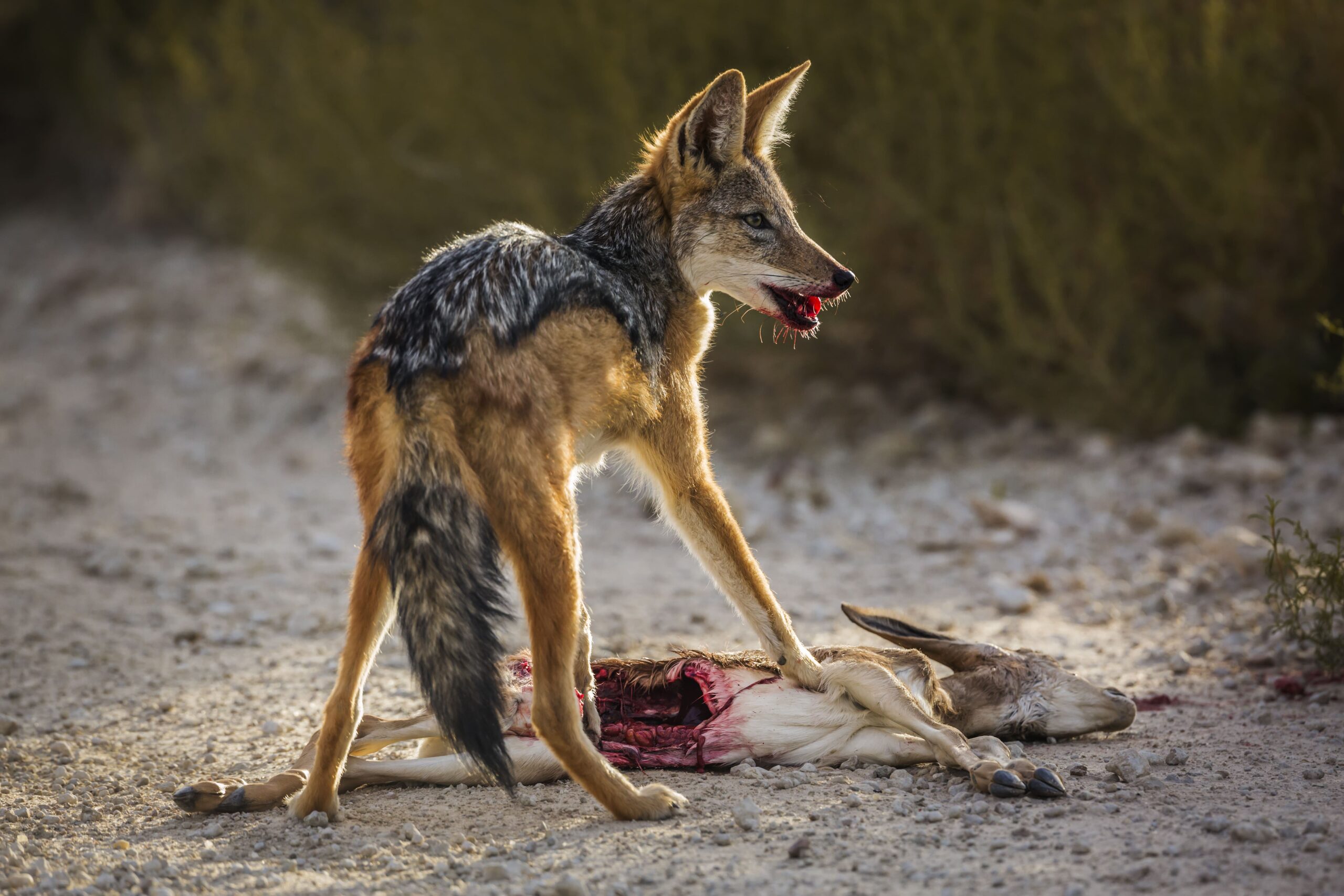
- Why Are Jungle Cats & Desert Foxes Important for Rajasthan’s Ecosystem?
Both Jungle Cats and Desert Foxes play an essential role in keeping Rajasthan’s food chain balanced.
✔ Rodent Control – Both species feed on rodents, preventing crop damage and disease outbreaks.
✔ Maintaining Prey-Predator Balance – Prevent overpopulation of small mammals and birds.
✔ Indicators of Ecosystem Health – Their presence signals a healthy environment with enough food and shelter.
🚀 Fact: If Jungle Cats and Desert Foxes disappear, rodent populations could explode, leading to agricultural losses.
- The Future of Rajasthan’s Lesser-Known Predators
✔ Jungle Cats and Desert Foxes are still surviving in Rajasthan, but conservation action is needed to protect their future.
✔ Expanding protected desert and grassland areas will ensure they have safe places to hunt and breed.
✔ Educating local communities can reduce unnecessary killings and poaching.
🚀 What’s Next?
✅ Identifying and monitoring key Jungle Cat and Desert Fox populations.
✅ Strengthening laws against poaching and illegal pet trade.
✅ Expanding wildlife corridors to connect isolated populations.
🌍 Final Thought: While tigers and leopards steal the spotlight, Rajasthan’s Jungle Cats and Desert Foxes are just as important. Protecting them means preserving Rajasthan’s delicate ecosystem for future generations.
🔍 Have you ever spotted a Jungle Cat or Desert Fox in Rajasthan?
Disclaimer All images used in this blog are either sourced from public domain or credited to their respective owners. If you are the copyright holder of any image and wish to request its removal or proper attribution, please contact us at [email protected]



